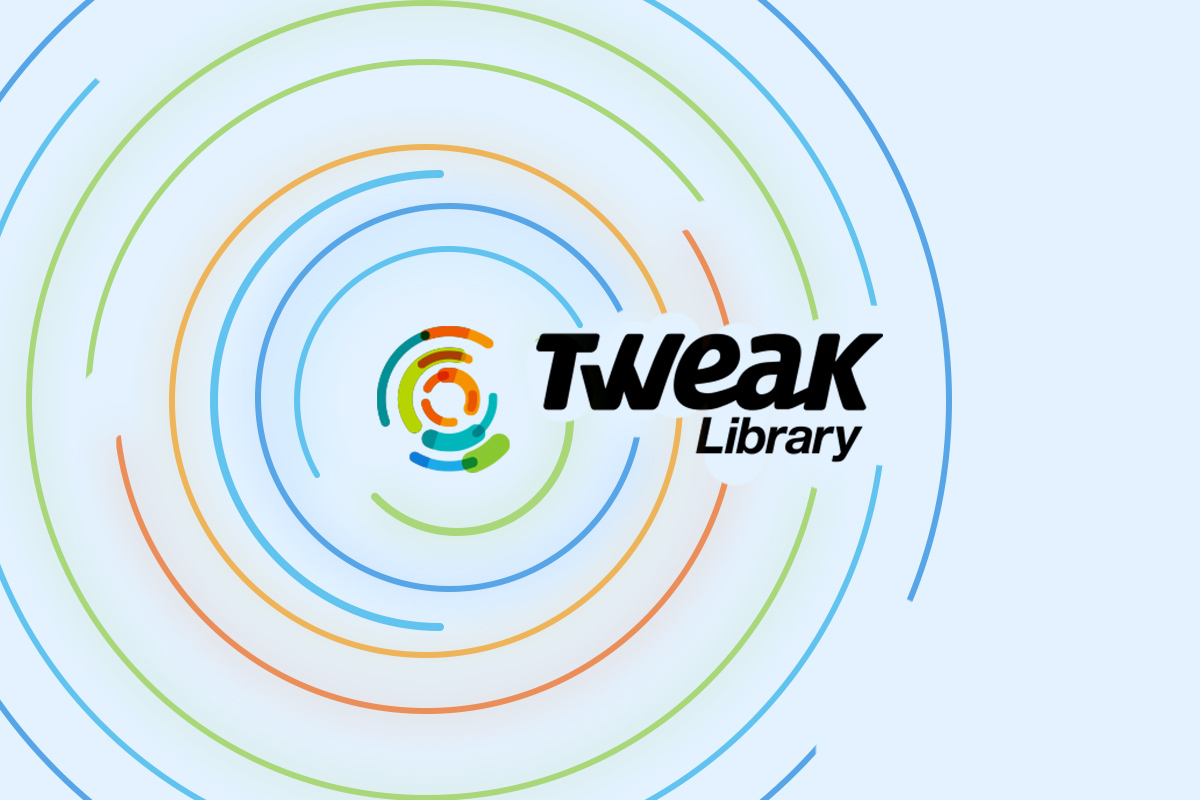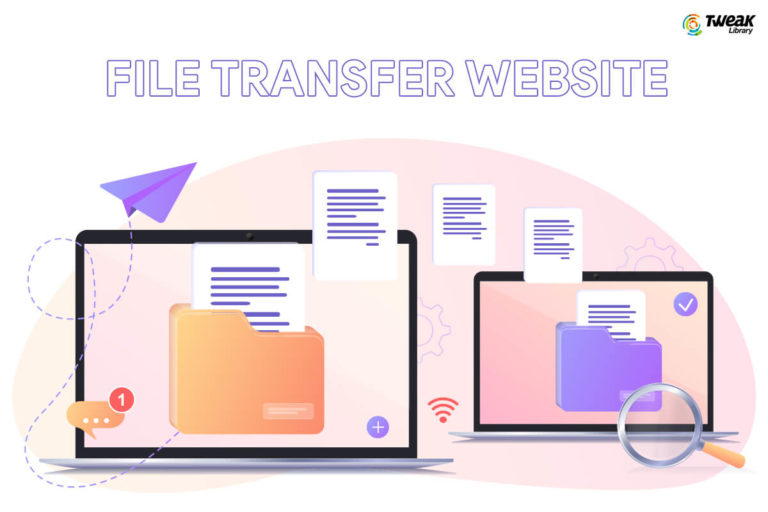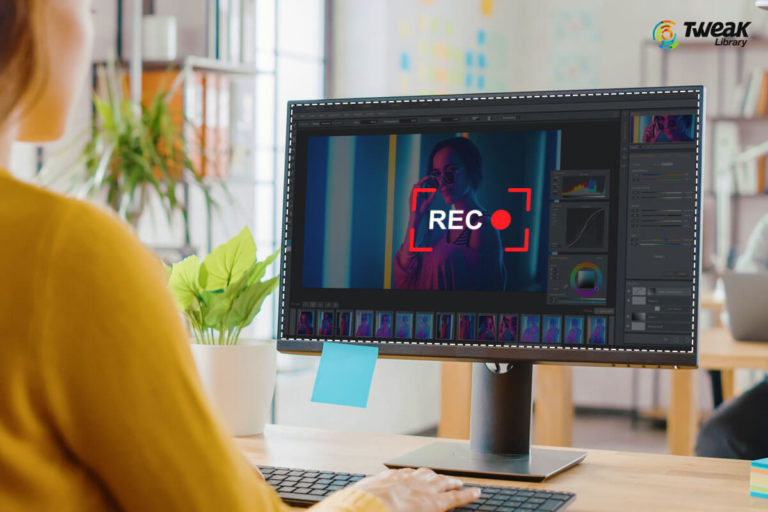It is human tendency to expect more from life, and the computing systems also come under these expectations. Earlier, computers could tabulate data only and then they grew up to accept the commands. Humans are trying that the computing systems should find solutions to problems without human assistance.
As cognitive computing is a part of artificial intelligence, it has derived some qualities from artificial intelligence. The human brain is highly complex and intelligent. Cognitive computing has the ability of computing systems to act like the human brain. Human brains can accept and store huge volumes of data in different forms such as text, visuals, sound, numbers and conversations. When required, the human brain can process the inputs and find solutions for situations and problems.
Cognitive computing systems can perform similar tasks. It does not require data to be organized in a specific format. It can process the information, organize the data, find patterns and making sense of the information after accepting information. It can provide intelligent responses to questions based on the received information. It does not stop receiving data and the information processing is continuous.
New Era of Computing:
Both cognitive computing and machine learning can be considered parts of artificial intelligence. There are certain common qualities among the three disciplines. But it is difficult for anyone discipline to function independently. Cognitive computing relies on the data models, patterns and insights provided by machine learning to understand problems and provide solutions.
Cognitive computing is the example of human thought processes in a computerized model. Cognitive computing involves self-learning systems that use data mining, pattern recognition and natural language processing to replicate the way the human brain works.
Computers were used to organize information in tabular form earlier. Later, they were programmed to do specific tasks. Now computers can learn from received inputs and provide solutions to problems, for example, Airbus can optimize the plane’s performance after fixing the various issues in a fast way. Internet of Things, cognitive computing and the latest technology helps the Airbus in cost-saving inputs.
These cognitive systems, specially IBM’s Watson, rely on algorithms and neural networks to process information by comparing it to a teaching set of data. It learns more as the received input is exposed to it. Also, it becomes more accurate in arriving at a decision. IBM’s system can be applied in healthcare to help in getting the available knowledge of the patient, to analyze the information, and provide a recommendation. The doctor is then able to take better treatment decisions after looking at evidence-based treatment options.
This type of process could also be applied where large quantities of complex data need to be processed and analyzed to solve problems that includes finance, law, and education. Other areas like consumer behavior analysis, personal shopping bots, customer support bots, travel agents, tutors, security, and diagnostics.
Conclusion:
As computers start thinking like human beings, they will also expand our capabilities and knowledge. We will move into an era when computers can augment human knowledge and ingenuity in entirely new ways. It is the beginning of a brilliant step to enable computers to think and act like human brains.
While cognitive computing is a significant step but it is too early to compare it with a human brain. A human brain is extremely complex and an intelligent machine. It is a no mean task to compare two.






Leave a Reply